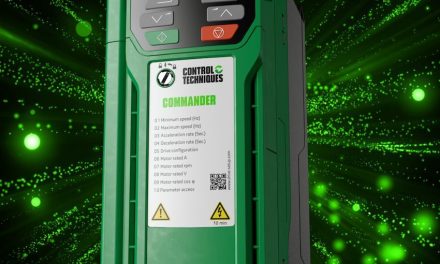 What’s the point in installing crystal infrared windows to allow live thermal imaging inspection when the nature of the product will simply de-rate critical electrical switchgear in which they are fitted?
What’s the point in installing crystal infrared windows to allow live thermal imaging inspection when the nature of the product will simply de-rate critical electrical switchgear in which they are fitted?
This type of window is often chosen because the specifier believes it to be the only product suitable for visual as well infrared inspection. But in common with all visual viewing panes, crystal windows also need to meet stringent safety and performance standards for industrial use.
IEEE C37 20.2.a.3.6 clearly mandates that all visual viewing windows – irrespective of their size, shape or material of manufacture – should undergo impact and load tests. No crystal window can withstand these rigours so the inevitable result is a de-rating of electrical switchgear.
Add to this another question. Would you fit an IR window into switchgear that cannot meet the requirements of all voltage ratings? It clearly makes much better sense to fit a product that works across all requirements, including IEEE compliance.
Patented polymer infrared windows are proving the ideal alternative for many companies. Developed and manufactured by IRISS, these industrial grade products comply with NFPA 70E electrical safety standards and are fully certified and tested to UL, IEEE, IP65/NEMA 4, Lloyds of London and American Bureau of Shipping standards.
The company’s Platinum Series are the only infrared windows suitable for electrical inspection in the UV, visual and all three infrared spectrums and they carry an unconditional lifetime warranty against breakage. They can also be any size, shape or even curved to suit the application.
IRISS has also published a technical guide called ‘Ten Things You Need To Know About Infrared Windows’ which gives engineers all the facts about specifying thermal imaging windows for electrical and mechanical maintenance.

